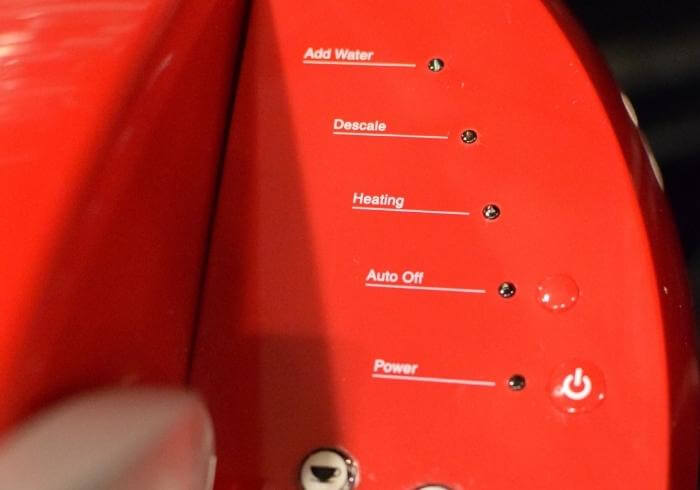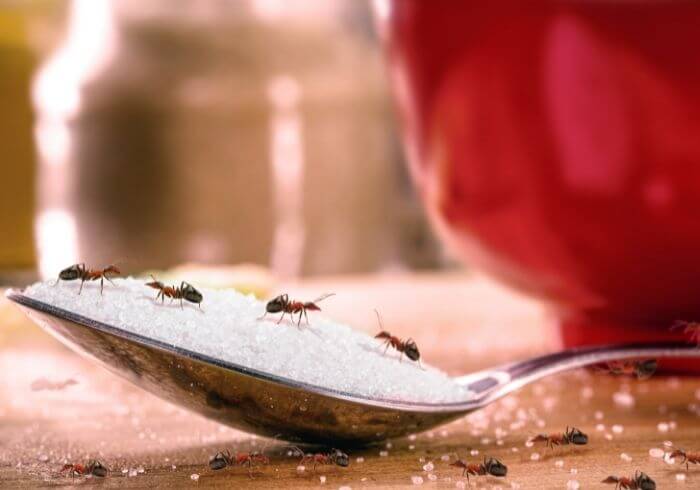Keurig coffee is supposed to be one of the most popular and convenient ways to make coffee. But sometimes, things can go wrong. And when your Keurig coffee is not strong enough, or your brand new Keurig makes watery coffee, it ruins a good start to your day.
In many cases, the Keurig watery coffee problem is due to a clogged needle, mineral or coffee bean oil buildups, or improper usage with reusable filters. Cleaning and descaling your Keurig is a great start to fixing your watery coffee.

So what can you do about your weak or watery coffee, and can you prevent it from happening again?
In this guide, I’ll show you 5 reasons why your Keurig might be making weak, watery coffee, solutions on how to fix each one, and one final solution before you consider getting rid of your machine. Let’s get started!
Why Your Keurig Is Suddenly Brewing Weak Coffee
Old K-CUP Coffee
If you’re using your favorite K-CUPS, double-check the date on them. While K-CUPS can last indefinitely when stored under the most ideal conditions, they usually have a best-before date to let you know when they will brew the freshest cup of coffee. So it’s possible that that time has come and gone.
You might also check the K-CUPS themselves to make sure they aren’t damaged. If there is some damage to the cups or the seal on the top is broken, air may have gotten inside, and the coffee is now stale.
Stale coffee can result in a weaker brew. You can try brewing with a bolder setting, but it still may have an old taste to it.
A Clogged Needle
The needle may be clogged if it’s been a while since you last descaled your Keurig.
The needle punctures the K-CUP and allows hot water to flow through it from top to bottom to brew your coffee.
If it’s clogged, it can restrict the amount of water flowing through the entire K-CUP and allow water to flow over the top of it and into your cup, resulting in a weaker cup of coffee.
So it’s important that the needle is clean and makes a good puncture and seal so that the hot water can flow through the entire K-CUP to brew your coffee at the proper strength.
A Dirty Reusable K-CUP Coffee Filter
Another reason for weak coffee from your Keurig is that your reusable K-Cup filter is clogged or dirty.
Over time, reusable filters can become clogged with oils and other residues from the coffee grounds, reducing the flow of water from spreading to all the grounds and making it come out weaker.
To clean your reusable K-CUP filters, soak them in a solution of hot water and vinegar for a few minutes, then rinse them well. If you have a toothbrush that can be used for cleaning, you can gently brush the filter to help loosen any stubborn gunk that has built up.
Not Enough Coffee Grounds In Reusable Filter
The weak coffee from your Keurig may be caused by not using enough coffee grounds.
When making coffee in a Keurig with a reusable filter, it’s important to use the correct amount of grounds so that they are not under-extracted. If you don’t use enough, this can result in weak, watery coffee.
To fix this, use more coffee grounds when making your next pot of coffee or select a stronger brew setting. This leads us to the next point about strong brew settings.
Using The Wrong Brew Setting
If you’re still getting weak coffee from your Keurig, you may need to adjust the brew settings.
Depending on your Keurigs model, there may be a setting for “strong” or “bold” that you can select. This will typically make the coffee come out stronger if there are no other points of brewing failure.
If you have an older Keurig and it suddenly started brewing weak coffee, I would suspect there to be another reason for the watery morning brew mentioned above.
If you have a brand new Keurig and you’ve never dealt with these machines before, then it could be that you’re not used to the coffee brewed from them and need to select a darker roast as well as use the stronger brew menu or buttons.
Final Thoughts On A Fix
When all else fails, descale your machine!
If you’ve tried all the things mentioned above and you’re still getting weak coffee from your Keurig, before you decide to send it back or replace it under warranty, it’s possible that your machine needs to be descaled.
Descaling is an essential process that removes built-up minerals from the inner workings of your Keurig. Those minerals can build up over time and cause problems with brewing, including making coffee come out weaker than normal.
You can descale your Keurig by following the instructions in your owner’s manual or have a look at our Keurig Descaling Guide here.











